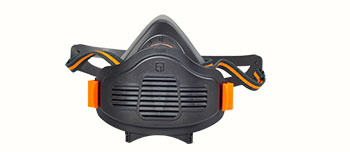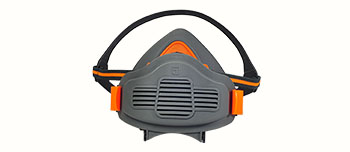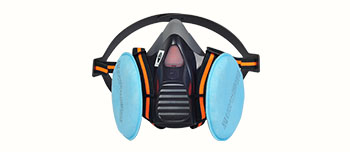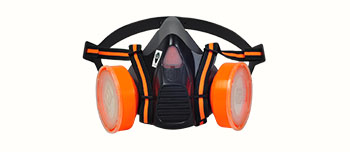In the process of industrial development, pneumoconiosis has always been a difficult problem that troubles the health of workers. As an important equipment for workers to protect against dust, dust masks may not always achieve effective prevention of pneumoconiosis. Among the three types of dust masks, KN100, KN95, and KN90, the KN100 mask excels in preventing pneumoconiosis due to its unparalleled filtering efficiency.
The onset of pneumoconiosis is a long-term accumulation process, mainly due to workers inhaling dust for a long time, resulting in lung tissue lesions. Therefore, the dust filtering ability of dust masks is the key to preventing pneumoconiosis. The KN100 mask has a filtration efficiency of over 99.97% for non oily particles above 0.075 microns, which enables it to provide more reliable protection for workers in dusty environments. For example, in industries such as mechanical manufacturing and automotive maintenance, there are a large number of tiny metal particles and oil mist dust in the air. The KN100 mask acts as a strong "defense line", blocking these harmful particles and providing comprehensive protection for workers' respiratory systems.
On the other hand, KN95 masks have a filtration efficiency of only 95%, and KN90 masks have a filtration efficiency of only 90%. Compared with KN100 masks, the difference in filtration efficiency between them is very significant. When facing high concentration dust environments, this difference can lead to workers inhaling more dust, which in the long run increases the risk of pneumoconiosis. So, from the perspective of filtration efficiency, KN100 masks are far ahead of KN95 and KN90 masks, making them an ideal choice for workers to prevent pneumoconiosis.
 English
English





